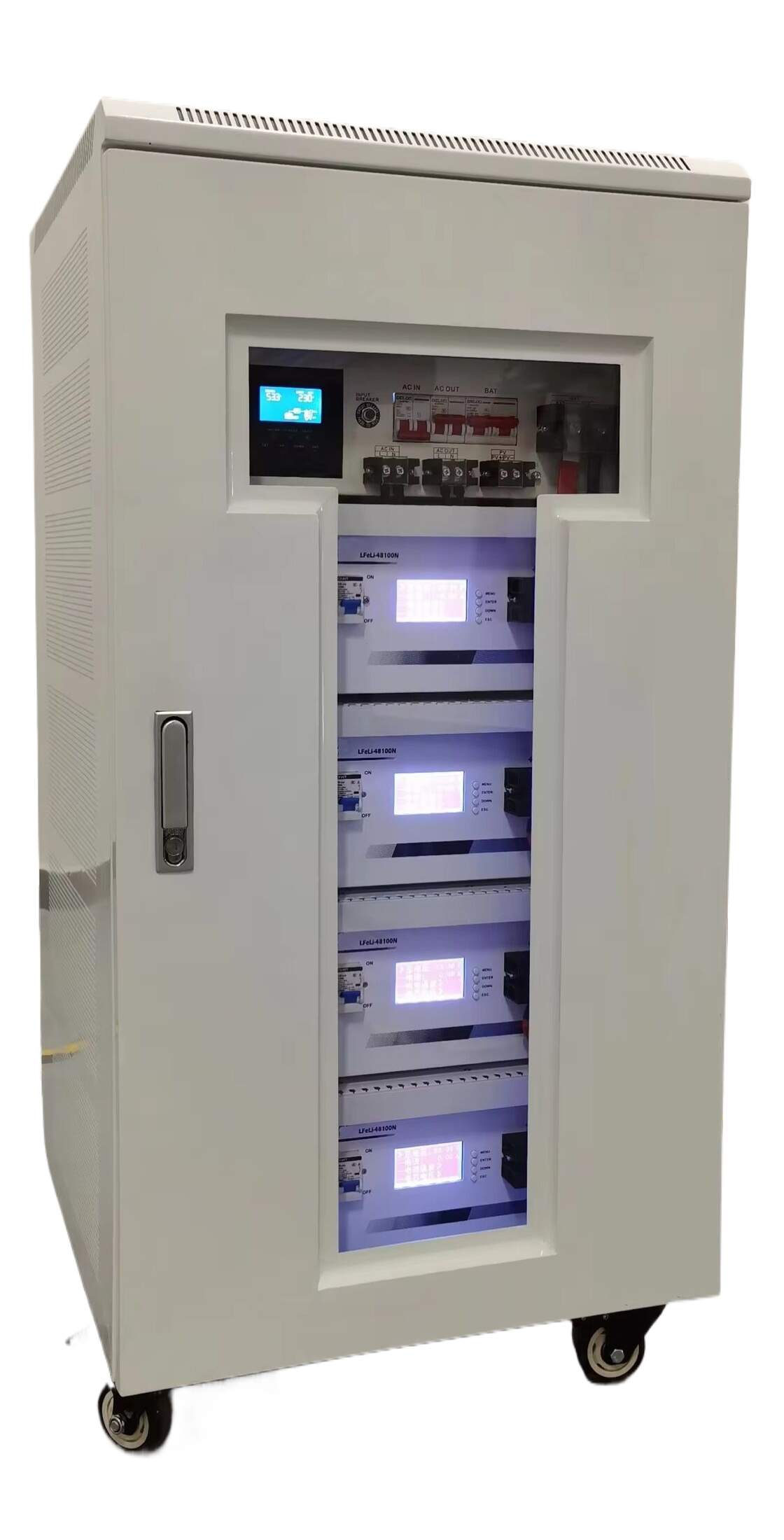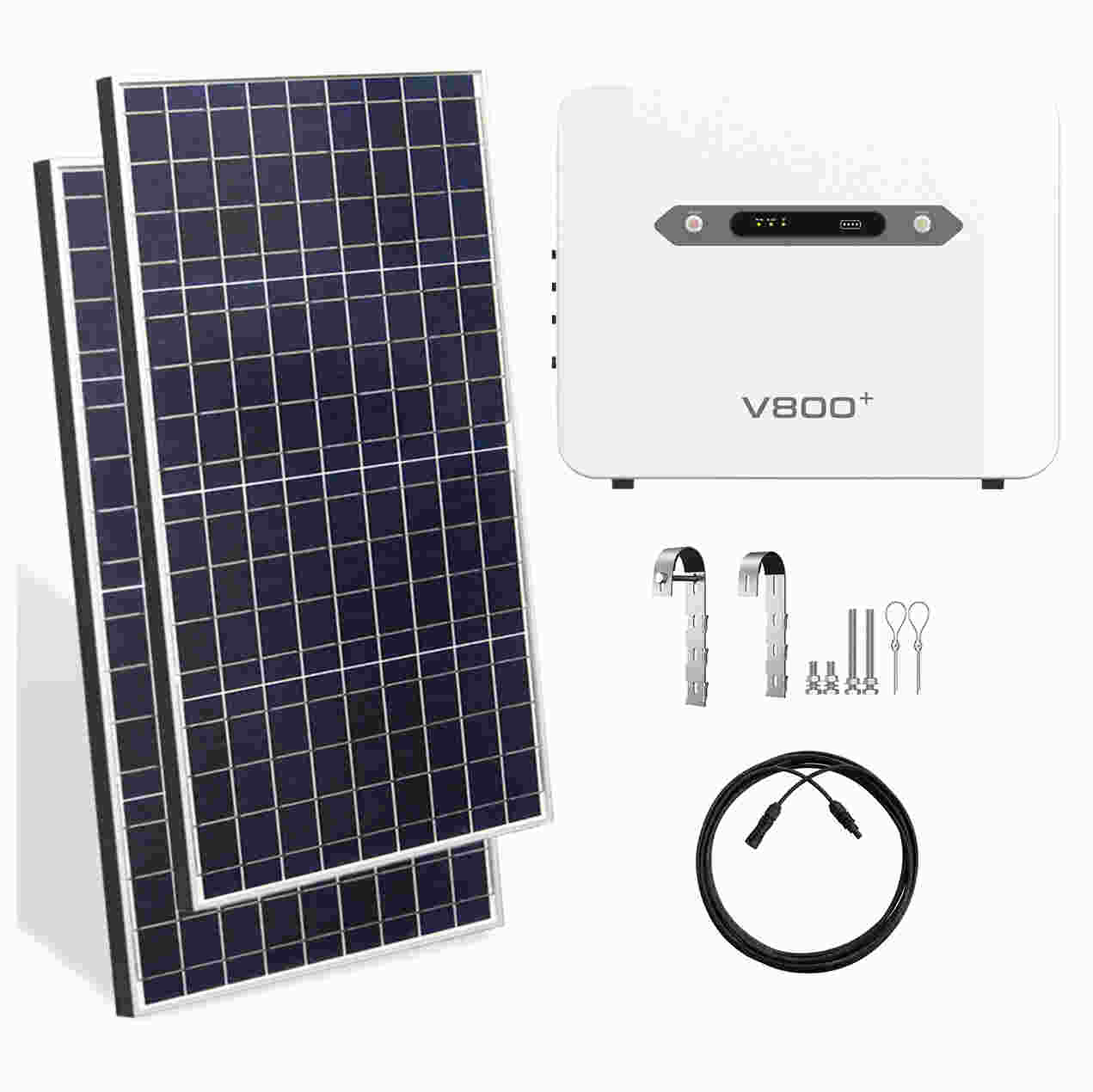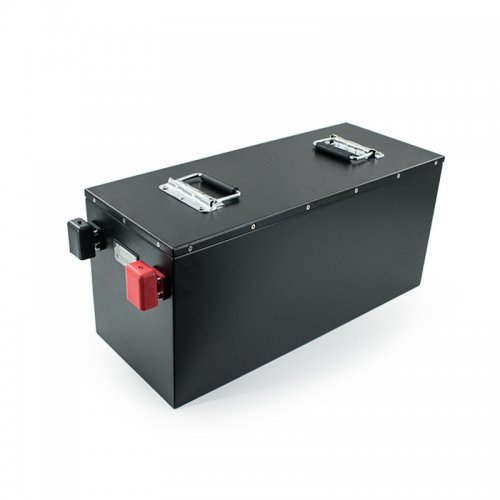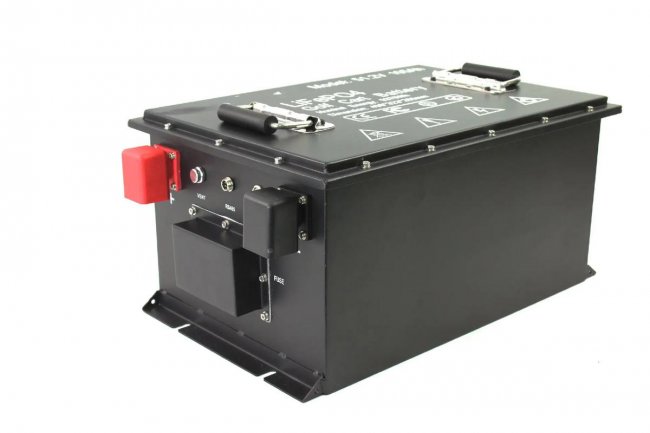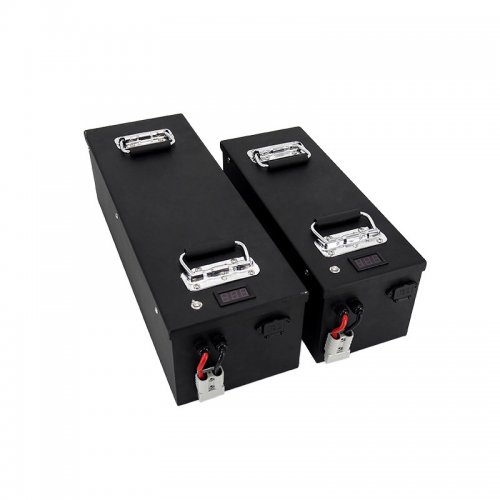Advances In Thermal Stability: From Molecular Engineering To Macroscopic Materials
The pursuit of thermal stability—the ability of a material to retain its structural integrity and functional properties at elevated temperatures—is a cornerstone of modern science and engineering. This property is critical for applications ranging from aerospace turbines and electronic devices to energy storage systems and sustainable construction. Recent years have witnessed a paradigm shift in this field, moving from passive heat resistance to active thermal management through sophisticated molecular design, novel composite architectures, and advanced characterization techniques.
Molecular-Level Engineering and Computational Insights
At the molecular frontier, the focus has shifted towards designing intrinsically stable building blocks. In polymer science, the development of high-performance thermosets like phthalonitrile resins and bis-benzoxazines has been remarkable. These materials exhibit glass transition temperatures (Tg) exceeding 400°C and exceptional char yields, owing to their highly cross-linked and aromatic-rich structures (Yang et al., 2022). Concurrently, supramolecular chemistry offers a dynamic approach. Researchers have engineered supramolecular polymers and networks based on strong, reversible bonds, such as metal-coordination and quadruple hydrogen bonding. These systems can exhibit "self-healing" behaviour upon thermal degradation, where the reversible bonds break and reform, effectively dissipating thermal stress and extending material lifetime (Zhang & Chen, 2023).
The role of computational materials science has become indispensable. High-throughput screening and machine learning (ML) algorithms are now used to predict the thermal decomposition pathways and maximum service temperatures of novel molecular structures before they are synthesized. For instance, ML models trained on vast databases of polymer properties can identify key molecular descriptors—such as chain rigidity, bond dissociation energy, and aromatic content—that correlate with high thermal stability, dramatically accelerating the discovery of new heat-resistant materials (Ramprasad et al., 2021).
Nanocomposites and Hierarchical Structures
The integration of nanoscale fillers into matrices to form composites remains a highly effective strategy, but the approach has evolved in sophistication. The latest breakthroughs involve not just dispersing nanoparticles, but engineering the interface between the filler and the matrix. For example, the covalent grafting of polymer chains onto graphene oxide or boron nitride nanosheets creates a robust interphase that significantly improves stress transfer and heat dissipation, thereby enhancing the thermal stability of the entire composite (Li et al., 2022).
A particularly exciting development is the creation of nacre-inspired, brick-and-mortar structures. Researchers have successfully fabricated layered composites where two-dimensional materials like MXenes or boron nitride act as the impermeable "bricks," and a polymer or ceramic acts as the "mortar." This architecture creates a tortuous path for oxygen and heat diffusion, effectively shielding the underlying material and providing exceptional thermo-oxidative stability (Wan et al., 2023). Furthermore, the incorporation of phase change materials (PCMs) within microencapsulated or porous scaffolds provides an active cooling mechanism. These composites absorb latent heat during phase transition, effectively regulating the temperature of adjacent components and preventing thermal runaway in electronics and batteries.
Inorganic and Ceramic Frontiers
In the realm of inorganic materials, ultra-high temperature ceramics (UHTCs) based on zirconium and hafnium borides and carbides continue to be refined. Recent efforts focus on improving their oxidation resistance and fracture toughness through the addition of silicon carbide or carbon nanotubes, making them viable for next-generation hypersonic vehicle leading edges (Ye et al., 2022).
Simultaneously, halide perovskite materials, renowned for their optoelectronic efficiency but notorious for their thermal instability, have seen significant progress. Multifunctional molecular additives, such as those containing sulfonyl and amine groups, have been shown to simultaneously passivate ionic defects and form strong hydrogen bonds within the perovskite lattice. This dual action dramatically suppresses ion migration and structural decomposition at operational temperatures, a critical step towards commercially viable perovskite solar cells (Kim et al., 2023).
Characterization and Future Outlook
Underpinning these material advances are powerful in-situ characterization techniques. Environmental transmission electron microscopy (ETEM) allows for the direct, real-time observation of structural evolution, such as grain growth or crack propagation, under controlled atmospheres and at high temperatures. Similarly, synchrotron-based X-ray diffraction and spectroscopy provide unparalleled insights into atomic-scale rearrangements and chemical state changes during thermal stress.
Looking forward, the field of thermal stability is poised for transformative growth in several key areas:
1. Bio-inspired and Adaptive Materials: The mimicry of natural heat-resistant structures, like the reflective scales of desert beetles or the thermal management in termite mounds, will inspire new passive cooling architectures. Furthermore, materials that can adapt their thermal conductivity or emissivity in response to temperature stimuli—so-called "thermal metamaterials"—represent a frontier for smart thermal management. 2. AI-Driven Material Synthesis: The integration of AI will extend beyond prediction to autonomous material development. Closed-loop systems, where AI analyzes characterization data to propose and guide the synthesis of the next, improved material iteration, will become a reality. 3. Sustainability and Circular Economy: Future research must prioritize the thermal stability of materials derived from sustainable sources and those designed for recyclability or biodegradation. Enhancing the thermal properties of bio-polymers and developing thermally stable vitrimers—which can be reprocessed without losing network integrity—will be crucial. 4. Extreme Environment Exploration: As humanity pushes the boundaries of exploration, from deep-Earth geotechnics to Venusian landers, the demand for materials stable under combined extreme conditions of temperature, pressure, and corrosive atmospheres will intensify.
In conclusion, the advances in thermal stability are a testament to the power of interdisciplinary research, converging chemistry, physics, materials science, and data analytics. The transition from merely withstanding heat to intelligently managing it promises to unlock new technological capabilities and drive innovation across a vast spectrum of industries, paving the way for a safer, more efficient, and high-temperature future.
References:Kim, G., et al. (2023). Multifunctional molecular locking of perovskite interfaces for thermally stable and efficient solar cells.Nature Energy, 8(4), 345-357.Li, Z., et al. (2022). Interface engineering in graphene-based polymer composites for enhanced thermal stability and mechanical properties.Advanced Materials, 34(15), 2108344.Ramprasad, R., et al. (2021). Polymer informatics: Current status and critical next steps.Materials Science and Engineering: R: Reports, 144, 100595.Wan, S., et al. (2023). Bioinspired nacre-like composites for extreme thermal environmental protection.Science Advances, 9(12), eadf0277.Yang, X., et al. (2022). High-performance phthalonitrile resins: Synthesis, polymerization, and applications.Progress in Polymer Science, 126, 101505.Ye, D., et al. (2022). Toughening mechanisms in ultra-high temperature ceramics modified with carbon nanotubes.Journal of the European Ceramic Society, 42(5), 2121-2133.Zhang, W., & Chen, Y. (2023). Self-healing supramolecular polymers for high-temperature applications.Accounts of Chemical Research, 56(5), 569-581.
Customized/OEM/ODM Service
HomSolar Supports Lifepo4 battery pack customization/OEM/ODM service, welcome to contact us and tell us your needs.


HomSolar: Your One-stop LiFePO4 Battery Pack & ESS Solution Manufacturer
Our line of LiFePO4 (LFP) batteries offer a solution to demanding applications that require a lighter weight, longer life, and higher capacity battery. Features include advanced battery management systems (BMS), Bluetooth® communication and active intelligent monitoring.

Customised Lithium Iron Phosphate Battery Casing
ABS plastic housing, aluminium housing, stainless steel housing and iron housing are available, and can also be designed and customised according to your needs.

HomSolar Smart BMS
Intelligent Battery Management System for HomSolar Energy Storage System. Bluetooth, temperature sensor, LCD display, CAN interface, UART interface also available.


Terminals & Plugs Can Be Customized
A wide range of terminals and plugs can be customised to suit the application needs of your battery products.

Well-designed Solutions for Energy Storage Systems
We will design the perfect energy storage system solution according to your needs, so that you can easily solve the specific industry applications of battery products.



About Our Battery Cells
Our energy storage system products use brand new grade A LiFePO4 cells with a battery lifespan of more than 4,000 charge/discharge cycles.



Applications in Different Industries
We supply customized & OEM battery pack, assemble cells with wiring, fuse and plastic cover, all the cell wires connected to PCB plug or built BMS.
Applications: E-bike, Electric Scooter, Golf Carts, RV, Electric Wheelchair, Electric Tools, Robot Cleaner, Robot Sweeper, Solar Energy Storage System, Emergency Light, Solar Power Light, Medical Equipment, UPS Backup Power Supply.
We can provide you with customized services. We have the ability to provide a vertical supply chain, from single cells to pack/module and to a complete power solution with BMS, etc.


HomSolar (Shenzhen) Technology Co., Ltd









